A Danish Company Just Announced “$6 Power Meter Tech.” No, Power Meters Aren’t About to Get a Whole Lot Cheaper.
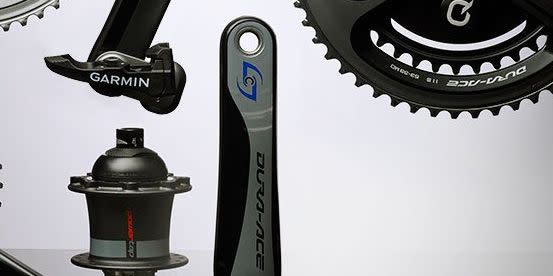
Sensitivus Gauge of Denmark made news recently when it dropped a press release that began, “Sensitivus Gauge ApS is now enabling any manufacturer to add a power meter to a crankset at a cost of $6.”
*Record scratch* Six bucks? Electronics prices do tend to fall over time, but the premium at retail for adding a power meter to a crank is typically measured in hundreds of dollars. Coupling “$6” with “power meter” caused tech and data obsessed cyclists the world over to do a double take.
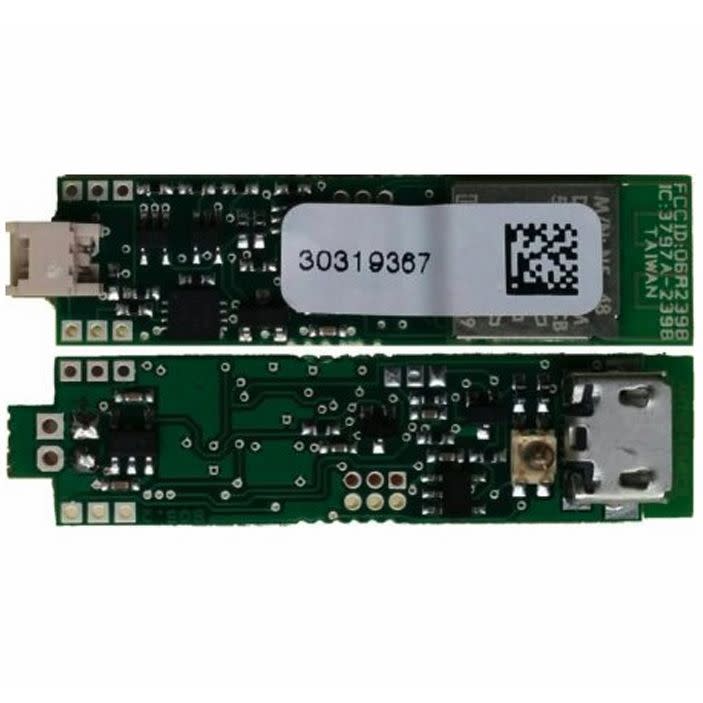
Sadly the Sensitivus announcement doesn’t mean you’ll soon be able to buy a new crank with a power meter for just $6 more than one without. Six dollars is just Sensitivus’s (estimated) bill of materials cost for a crank maker to source the power meter electronics. And there’s a long way, and a lot of markup, between a bill of materials for the electronics and the retail price of a power-meter equipped crank.
Still, this announcement is noteworthy because power is a very popular tool for training and racing, and everyone wants a piece of the action. Sensitivus’s program seems to provide a new way for companies—especially smaller ones—to get in on the action quicker by reducing development time required to design a power meter from scratch.
So how much would a company taking advantage of the Sensitivus program charge for a new power meter crank? Will this drive down power meter prices even further? Worthwhile questions, and the answers are TBD.
I spoke with Rolf Ostergaard, CEO of Sensitivus, via Skype to clear up what this news means for you and me.
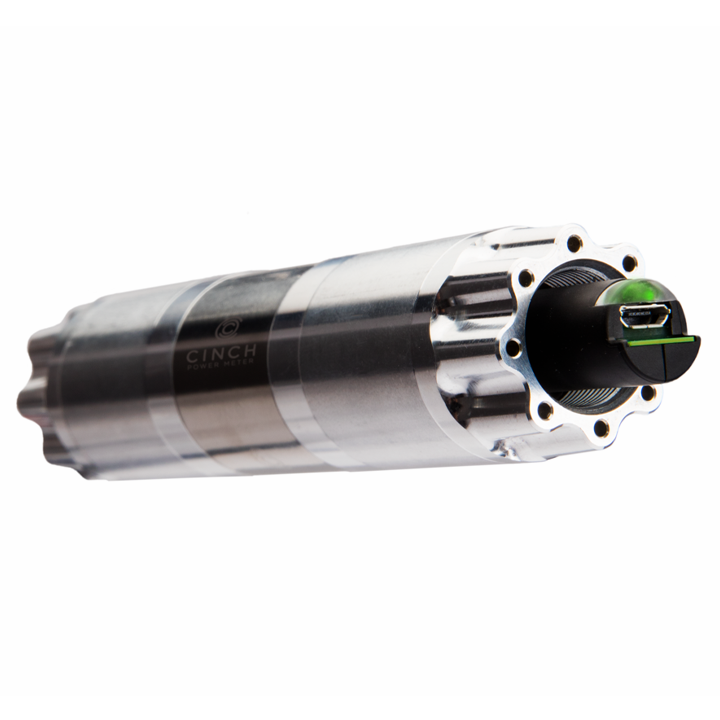
Ostergaard stated that this announcement describes a new way for companies to make their own power meter cranks. The program is a non-exclusive license that provides a manufacturer with the plans to make “every bit of the power meter,” along with software and algorithms, and access to Sensitivus’s development work.
Ostergaard said this program allows “any company to leap-frog the three years it would take them to become a power meter company by developing this type of technology from scratch.”
While this sounds similar to a Stages-equipped crank, Ostergaard insists it’s different. “We enable a company to get to a first shipping product fast, but also to have a full non-exclusive ownership of all the technology so they can develop new products based on that,” he said. “And we do not require any co-branding.”
To people at the end of the product development chain like you and me this distinction doesn’t mean a whole lot. Instead of buying—to randomly pick a crank maker that doesn’t offer a power meter—a Hope crank with Stages power meter, you’d be buying a Hope crank with “Hope’s Power Doctor Technology.” Power Doctor would be based on the assets licensed from Sensitivus, but Hope’s team would source the electronics, strain gauges, and be responsible for integrating the power meter into their crankset.
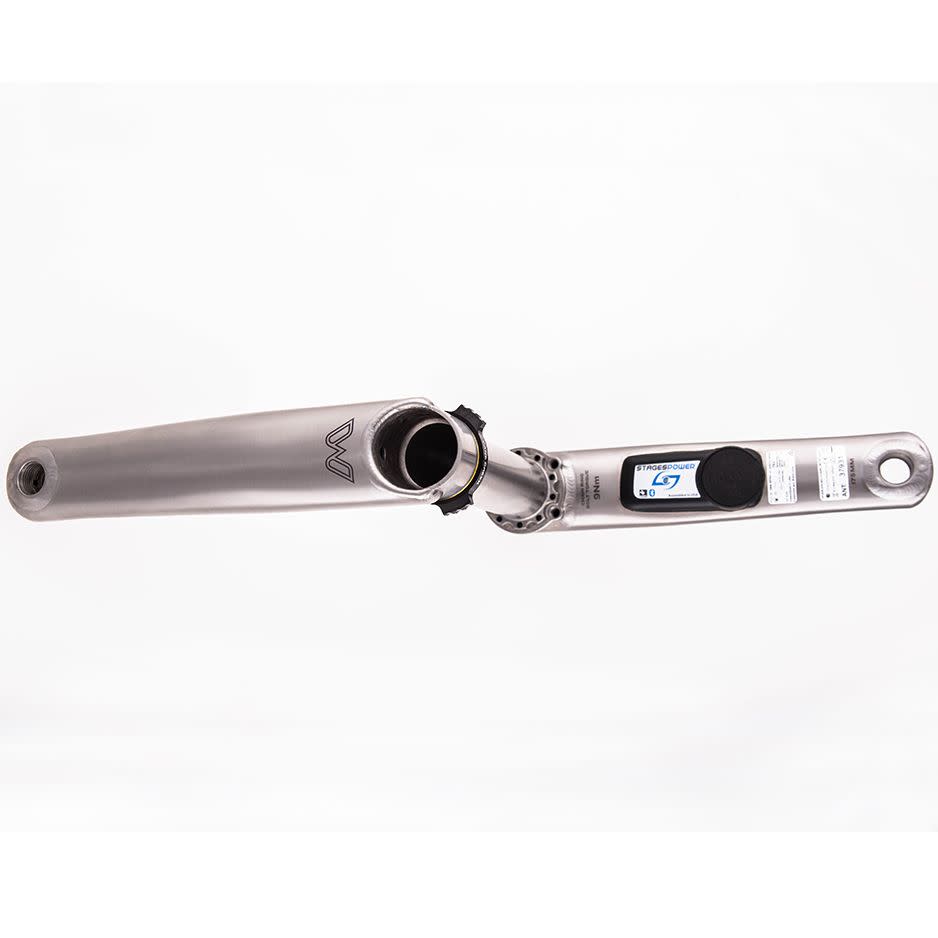
That said, what could change is your favorite cranks that are currently not available with power might be offered in a power version much more quickly than if the instrument was fully designed in-house. And after speaking with experts on the subject, a bill of materials of six dollars for the electronics is quite low. So, if the numbers are accurate, there is a chance this program could lower power meter prices.
And there’s a strong chance a company (or companies) will take advantage of the Sensitivus license program. That’s because, as one engineer with a long history of bringing cranks to market (and who wished to remain anonymous so they could comment freely without affecting business relationships) told me, “Power meters are really, really hard.” This engineer stated that their company tried to develop a power meter from scratch but abandoned it after four years—they couldn’t get enough consistent real-world results to continue with the project—and now purchases power meters from an established brand to integrate into its cranks.
This engineer stressed that the hardware isn’t what’s tricky. “That part is easy,” they said. The thing that’s difficult and expensive—to ensure consistent and accurate real world data—is software and calibration. Every single power meter needs to be calibrated, which requires a “very, very expensive” machine. For any sort of mass production, manufacturers need many calibration units—a large capital investment that’s rolled into the cost of the crank.
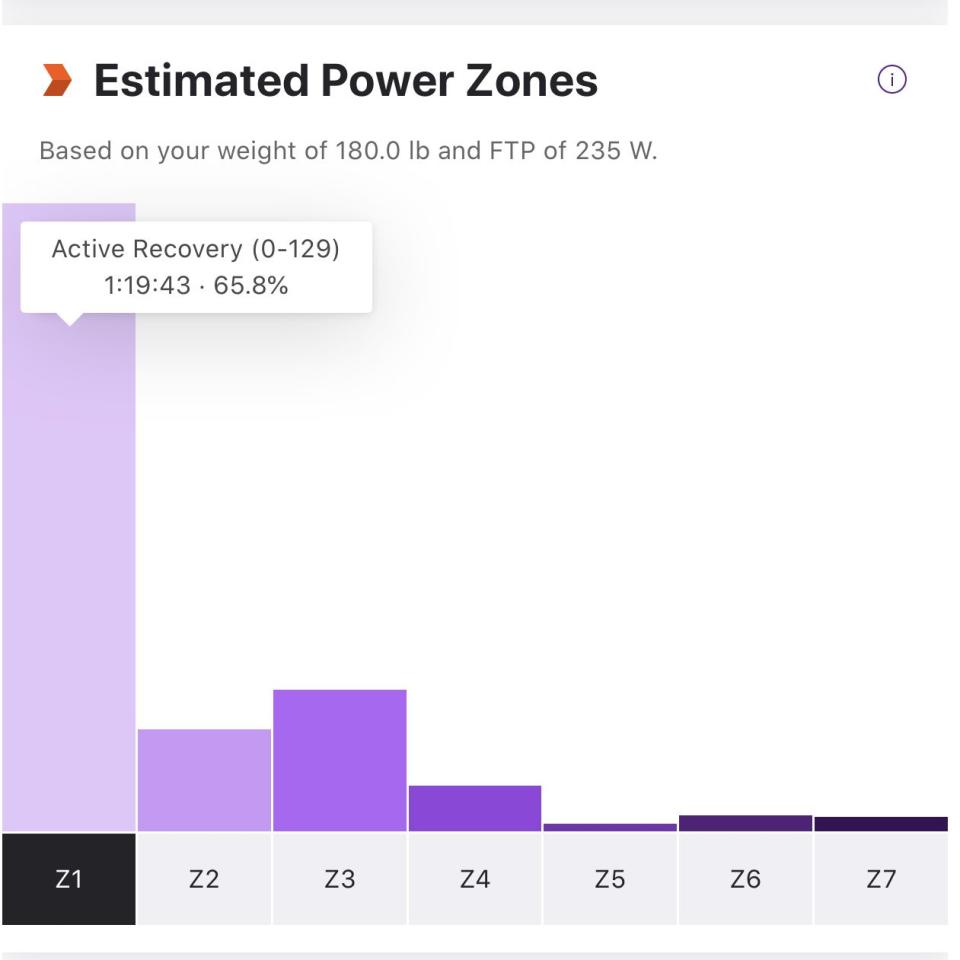
But the big “if” in all this is quality. There’s little reason to buy an expensive precision measuring instrument like a power meter if it’s not accurate or consistent when Strava Summit offers reasonably accurate estimated power for $59 a year.
I checked in with a source (who wished to remain anonymous so they could comment freely without affecting business relationships) at a competing power meter manufacturer to get their take on Sensitivus’s six-dollars estimate for the electronics.
“For the electronics, what they’ve provided sounds highly dubious to us based on what we know, and what we’ve learned with regards to quality components and consistent performance,” they said, adding later, “Do you want active temp compensation? That’ll cost you. ANT/BLE? It’ll cost you. This is akin to showing someone how to make a $200 bike frame. Sure, it can be done. But do you want to deliver a quality product to the market and succeed with the customer? That’s a different matter.”
But let’s assume for now that a company taking advantage of the Sensitivus program turns out accurate and consistent power meters. The big question remains: how much will they cost?
I asked Ostergaard if he could estimate what a company using the new program might charge for a power-equipped crank. “Normally retail prices are set more by what you can command based on brand recognition, etc.,” he said. “It all depends on marketing, strategy, brand recognition, volume, sales channels. It’s really not very strongly related to the cost of materials,” until a product is produced in very high volumes.
A more concrete clue might be found in Easton’s product line. Easton’s EC90 SL carbon crank arms without power meter sell for $350; with its Sensitivus power meter axle, the crank sells for $950 (both prices are without chainrings). However, though Ostergaard confirmed that the Easton power meter was developed with Sensitivus, he refused to comment on the specifics of the process or the business arrangement between the companies. So we don’t know if the Easton power meter is the result of program announced in the recent press release.
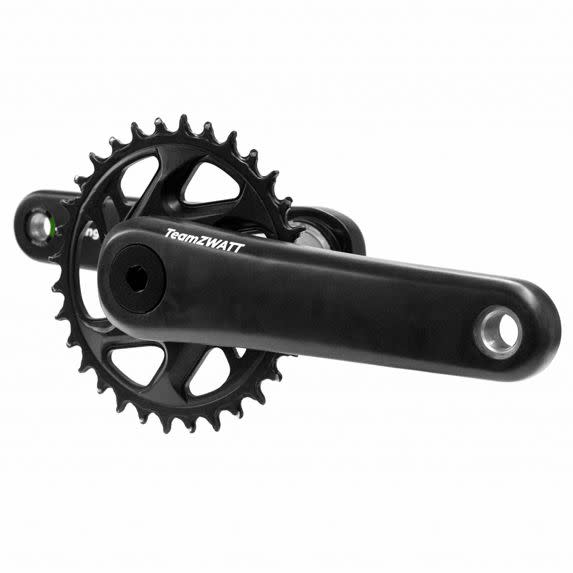
Another hint can be found at Sensitivus’s sister company, Team Zwatt, which sells a complete carbon mountain bike crank with a Sensitivus power meter in the axle for $675 (including the chainring). That’s a great price for what it is—FSA’s Powerbox carbon crank with power meter sells for $1,150—but it’s still significantly more expensive than a good carbon mountain bike crank without a power meter. For comparison, the Praxis Girder crankset has carbon arms and a 30mm aluminum axle like the Zwatt and sells for $310 with the ring.
There’s little doubt power meter prices are lower than ever and continue to fall. The Sensitivus licensing program might allow more brands to jump into the category more quickly, which could lead to even more affordable options. But we’re still a long way from a brand new power meter-equipped crank selling for just $6 more than a crank without—if it ever does happen.
You Might Also Like

